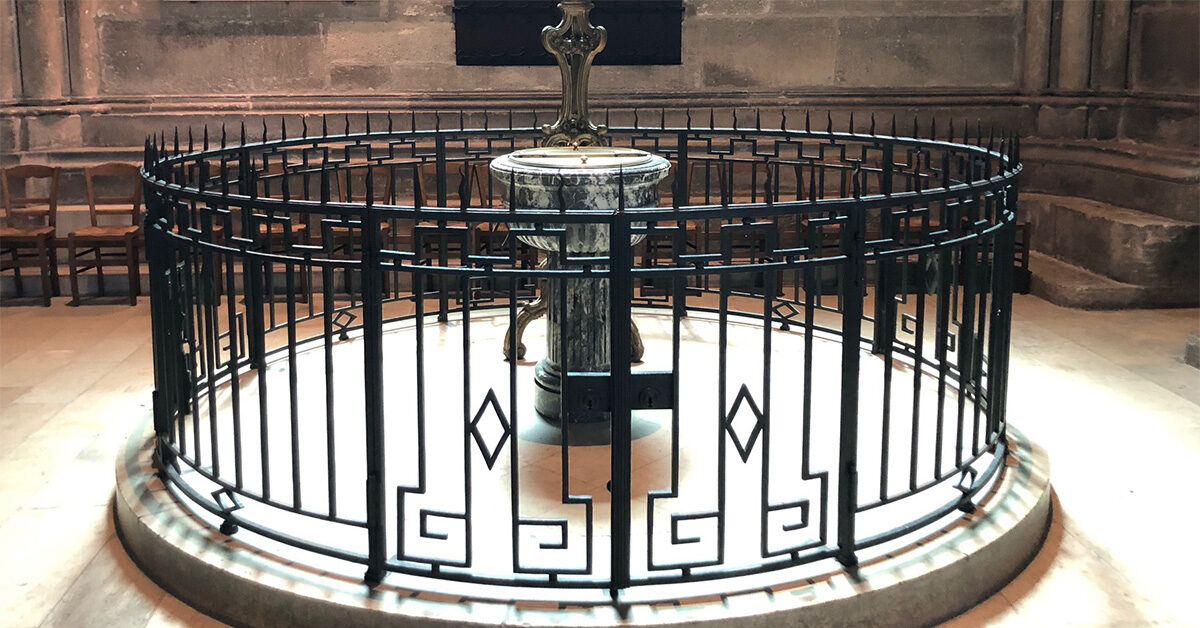Luther’s Four-Strand Garland: Lessons in Baptismal Living
Introducing Luther’s “Four-Strand Garland” method of Scripture study last week, Kent wrote: “In contrast with the African method, this method begins to expand more fully into the life of prayer and into the discipled life of the Christian.” While the African Method lends itself to the earliest of the four stages of the catechumenal process, the period of inquiry, Luther’s method is better suited to those participants further along in the journey toward discipleship. We see its greatest value in the second or third stage (the second as a period with more formal catechesis; the third as a period of “enlightenment” or intense preparation culminating with the rites of baptism and affirmation of faith/confirmation at the Vigil of Easter).
The first and fourth strands, instruction and presence, begin and end the study by listening for God’s voice and resting in the assurance of God’s presence. These strands anchor the entire method in God’s grace, God’s initiative toward us—God is speaking to us, calling to us; God is present with us always, whether we realize it or not. The inner strands call us to respond to God’s grace, first by inviting us to be thankful for what God has done, and then by training us to examine ourselves, identifying our “woundedness” and “sinfulness” brought forth by the biblical text. The invitation into thankfulness reorients participants’ prayer life away from a “sugar daddy” view of God (focused on asking God for what I want or think I need) toward recognizing that God is the source of all good gifts in our lives. Then the confession completes “the garland,” drawing us toward wholeness and healing, toward dying to self and rising in Christ, and into a closer relationship with God.
In contrast to metaphors of the Christian life as a journey (such as I used in the opening paragraph of this post!) or as following a pathway with a beginning and end or goal (Psalm 1), the image of a garland, “a circular or spiral arrangement of intertwined material,”[1] evokes the repetitive aspect of a life of discipleship. Our wholes lives are “a living from and returning to that holy font [of baptism].”[2]
[1] https://www.merriam-webster.com/dictionary/garland
[2] The phrase is from the closing portion of the diaconal litany of the Lutheran Diaconal Association.
+++++++
Image: Font in Notre Dame Cathedral, Riems, France; June 2024; photo by Rhoda Schuler
